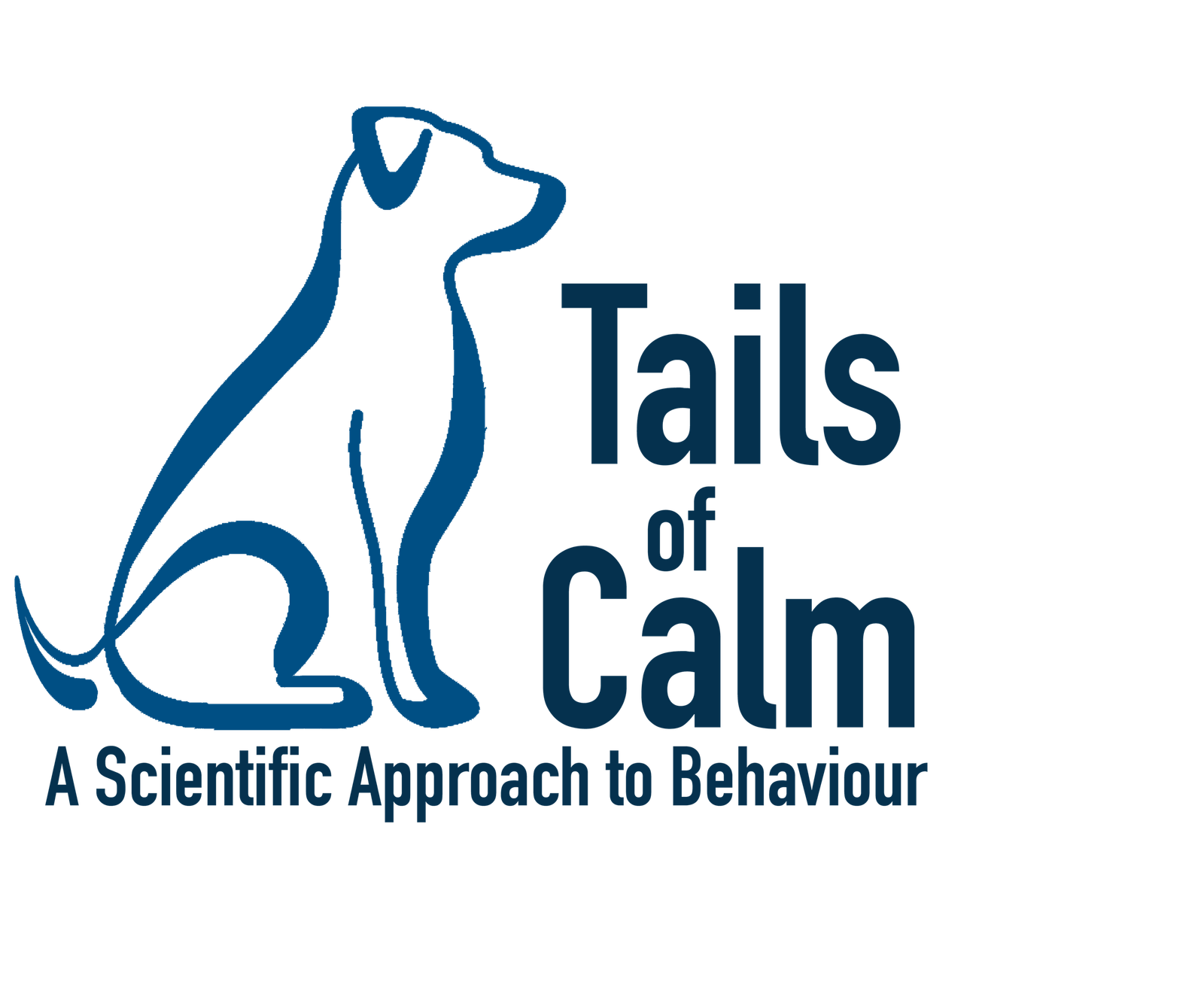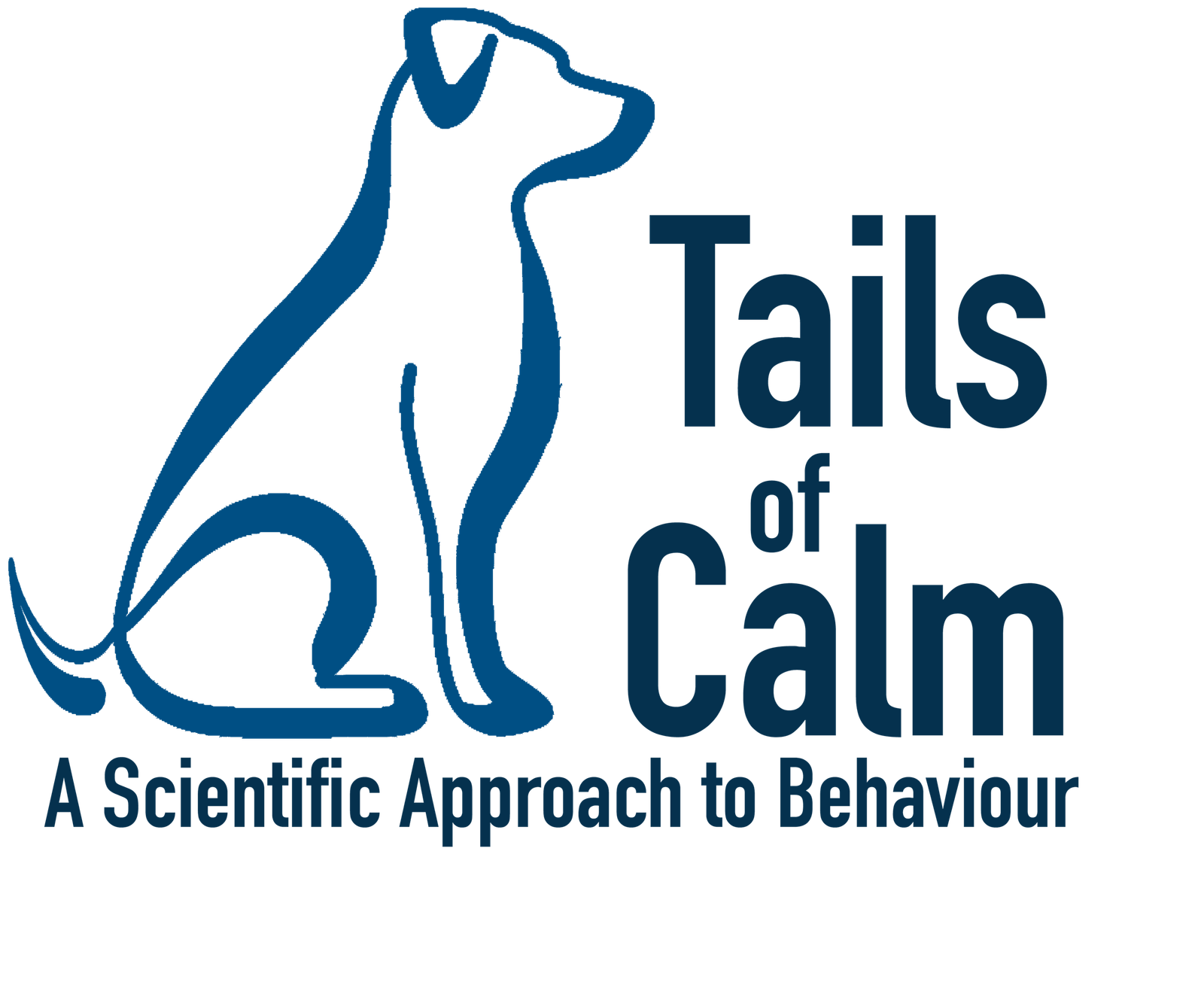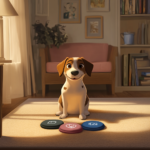Cooperative Care
Redefining the care with respect and reciprocity
K Miri
A collaborative approach that uses positive reinforcement to interact, handle and care for an animal. It relies on building a foundation of trust with the animal by giving them a choice and a voice, accounting for their willingness to cooperate as opposed to employing coercive and/or forceful methods. The animal’s active involvement in the procedures employed to care for them results in a substantial reduction in their stress, fear and anxiety.
Cooperative care training involves gradual introduction of the care procedures using positive reinforcement (something the animal enjoys/likes/values) in order to condition the animal to accept the handling while remaining calm, content and confident.

Cooperative care procedures are beneficial for:
- Nail trimming
- Brushing/checking teeth
- Grooming
- Administration of medicine
- Putting equipment on including: collar, harness, muzzle, shoes
- Cleaning paws when entering home
- Re-orienting to various positions
- Veterinary care
Successful integration of cooperative care into our animals’ lives encompasses a number of components:
- Understanding animal body language
- Managing environmental stressors
- Training basic behaviours
- Desensitization and counterconditioning using positive reinforcement
- Building Trust: Allowing animals to feel in control to facilitate calmness, contentment and confidence
 Understanding animal body language:
Understanding animal body language:
Animals communicate their emotions intensions and needs using the body posture, vocalization and behaviours. Animals’ level of anxiety, fear and stress as well as calmness, contentment and confidence can be deciphered by understanding their subtle and noticeably observable changes in their in their body language. When desensitizing or conditioning our animals we must allow them to guide the progress through their body language. For a guide on understanding your dog’s body language see “Understanding Dog Body Language: A Guide to Canine Communication”.
Managing environmental stressorsRecognizing and addressing environmental stressors is essential for the well-being of our animals. As guardians we must create an environment whereby their mental health and sense of security is regarded as critical as their physical well-being. Environmental stressors can have a negative impact on our animal’s ability to acquire the necessary skills for cooperative care procedures. Minor stressors throughout the day or stacked in an incident can lead to “trigger stacking” and the activation of the animal’s fight/flight responses. During such anxiety the animals is unable to employ their basic learnt behaviours and instead their instincts take over to get them away from that environment and circumstances or fight to survive. Here are two aspects to consider.
 Control the environment and training time: The initial stages of the training must be under minimal distractions and/or stressors keeping in mind the animal’s starting level of engagement. An over stimulated, stressed or anxious dog is much less willing to cooperate and participate. Choose the time of the day for training where the dog is more relaxed.
Control the environment and training time: The initial stages of the training must be under minimal distractions and/or stressors keeping in mind the animal’s starting level of engagement. An over stimulated, stressed or anxious dog is much less willing to cooperate and participate. Choose the time of the day for training where the dog is more relaxed.
Gradual and methodical Introduction of distraction and stressor: Introduce new elements one at a time while considering your dog’s body language as your guide. If your dog is visibly uncomfortable, unwilling or stressed, end the session by asking a well-loved and reinforced behaviour. When starting the training session at a later time, return to the previous step where the dog was successful and take smaller steps (reduce intensity or increase distance).
Training basic behaviours that can be utilized for cooperative care procedures
Basic behaviours that can be very helpful include
- Touching a target (palm of hand or an object): This is helpful for orienting your dog, or moving him without having to physically lift him or force him to a position or location.
- Chin rest: One of the first steps to doing eye drops or ear drops is having your dog resting his chin on your lap or an object. It can also be used when you want the dog to be looking at you away from a distraction.
- Lying down and stay: Lying down and staying in that position can help with situations where the dog might have the propensity to want to jump.
- Sitting: Asking your dog to sit next to you while you are talking to a neighbour prevents him from wandering and pulling you.
- Standing: getting the dog to stand from a down or a sit.
Desensitization and counterconditioning: Using positive reinforcement to gradually and methodically condition the animal to accept the handling procedures while feeling calm, content and confident is critical for successful implementation of cooperative care procedures. During these steps we gradually desensitize our animals to procedures that they may find as aversive or uncomfortable. And due to gradual and methodical introduction of the procedure, we are changing the animal’s emotions from anxiety, stress, fear and reactivity to a rewarding experience that the animal enjoys and/or can better tolerate.
Trust building is the key: Understanding that cooperative care procedures allow the animal to feel that they have control over what is done to them, helps them feel calm, content and confident as opposed to anxious, stressed and fearful. It’s a trust building exercise where your dog chooses to relinquish control and trust you in various aspects of his life without coercion.
 In summary: Practicing cooperative care facilitates a flourishing relationship between the guardian and their companion whereby everyday living tasks become a harmonious joy, enriching the lives of both participants. The dog is able to communicate through their body language and the guardian understands the unspoken “word”, taking steps to manage environmental stressors. Through gradual desensitization and counter conditioning practices, the dog is able to associate their guardian’s decisions and actions with those they can trust. The dog is able to therefore relinquish anxiety, stress, fear and reactivity and have a calm, content, confident mental state. This allows both the guardian and their companion dog to live an enriched life, founded in understanding and trust.
In summary: Practicing cooperative care facilitates a flourishing relationship between the guardian and their companion whereby everyday living tasks become a harmonious joy, enriching the lives of both participants. The dog is able to communicate through their body language and the guardian understands the unspoken “word”, taking steps to manage environmental stressors. Through gradual desensitization and counter conditioning practices, the dog is able to associate their guardian’s decisions and actions with those they can trust. The dog is able to therefore relinquish anxiety, stress, fear and reactivity and have a calm, content, confident mental state. This allows both the guardian and their companion dog to live an enriched life, founded in understanding and trust.






